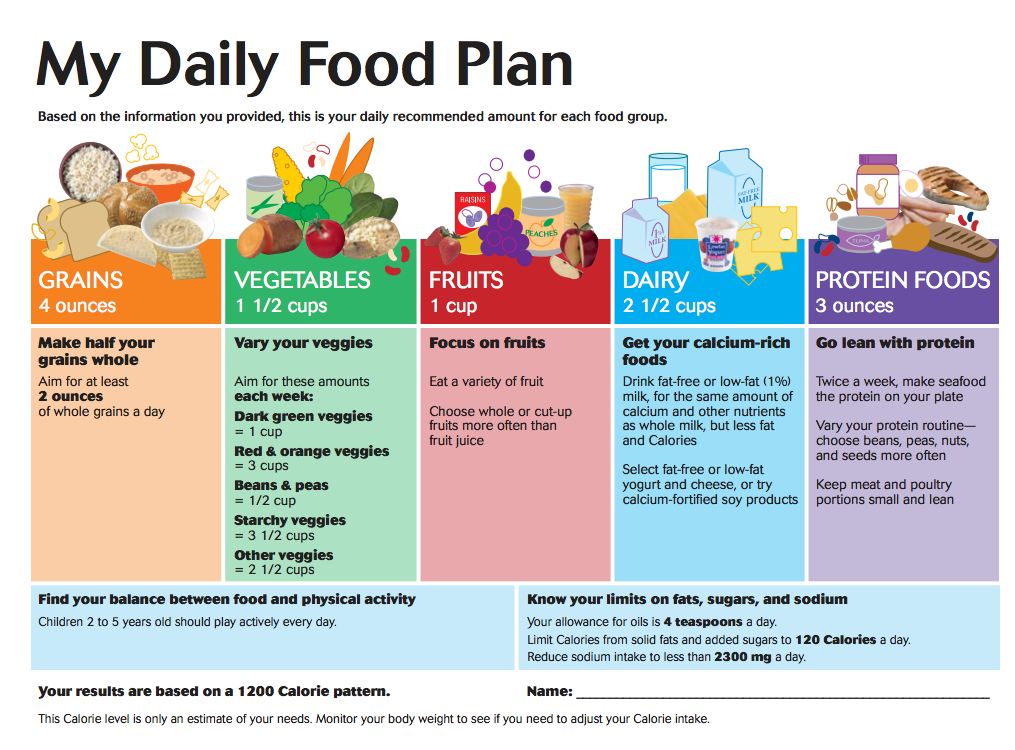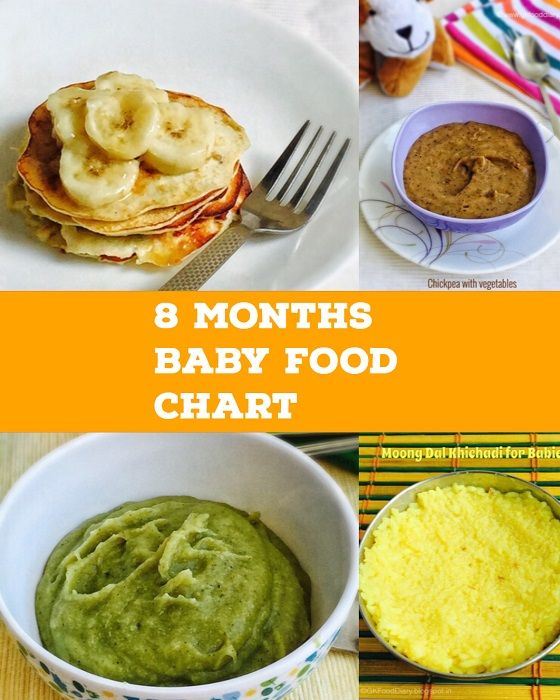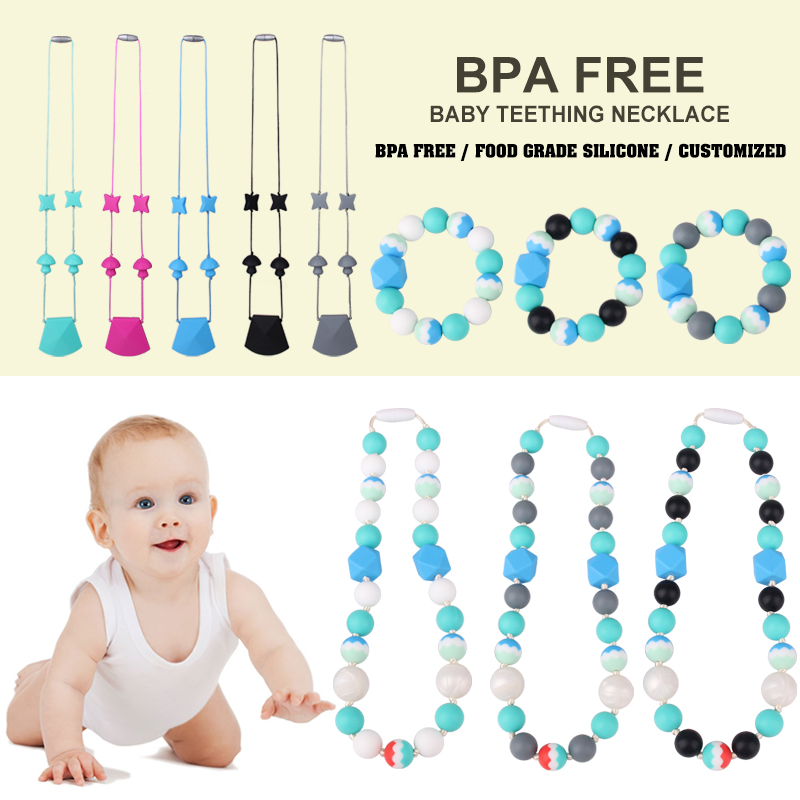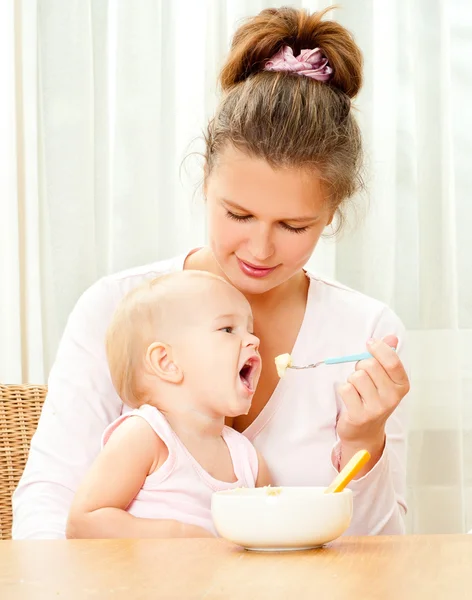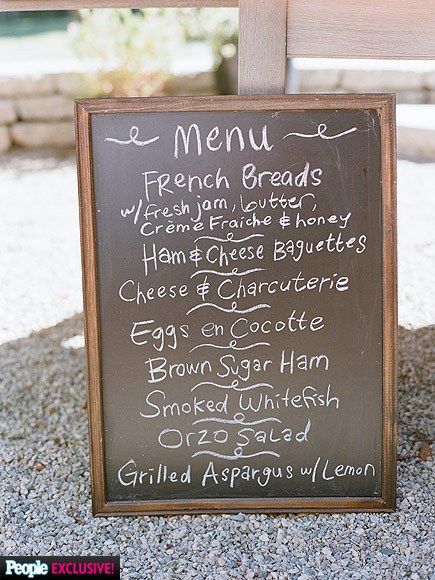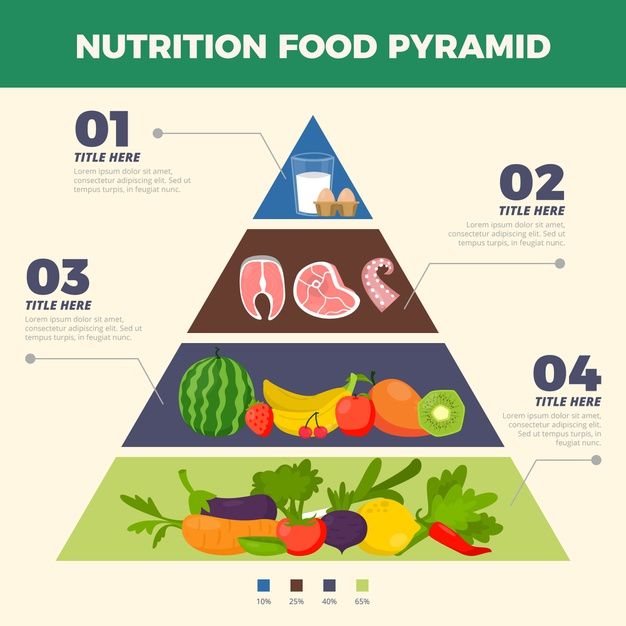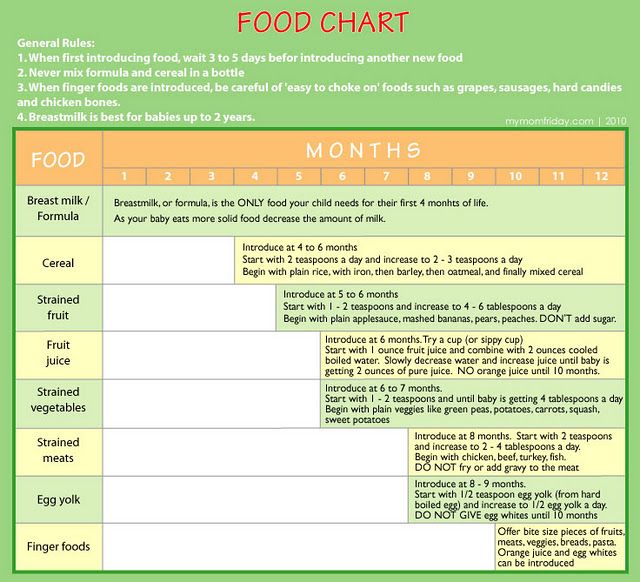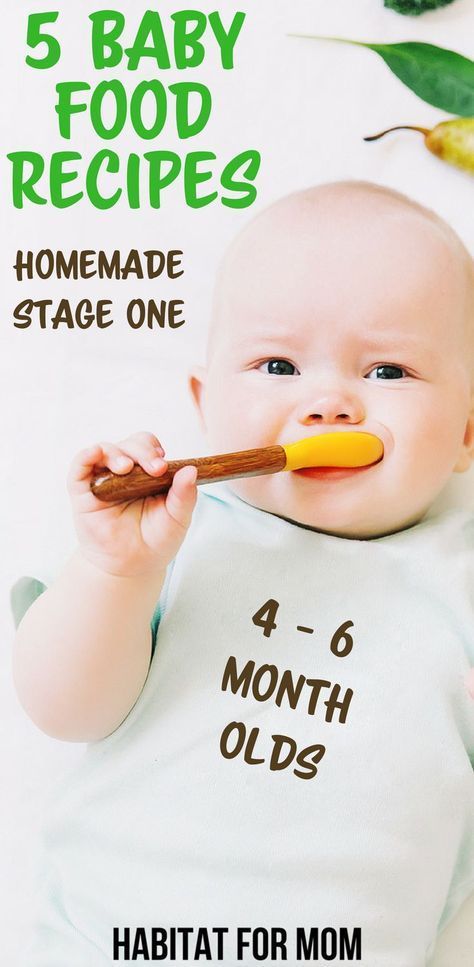World baby foods
What Babies Eat Around The World
When it comes to making baby food, it’s easy to get stuck in a rut: peas and chicken tonight, avocado and tuna tomorrow, turkey meatballs the next day, repeat. While you don’t have to ditch those tried and true favorites, you can add a bit of variety by taking culinary inspiration from these popular baby food dishes served around the world.
Chinese Babies Eat Steamed Fish
Steamed, deboned fish is abundant in China, and this healthful protein-packed meat is often prepared in a dish called congee. Congee is the rice cereal of the Asian world; it’s a neutral comfort food that can be easily altered with any ingredients you have on hand. In China, congee is often made with bamboo shoots or tofu in addition to steamed fish. Rice doesn’t grow as well in the climate of Northern China, so families in northern cities substitute rice with other ancient grains like millet.
Korean Babies Eat Seaweed
…and moms eat it too! Miyeokguk, or seaweed soup, has been a postpartum tradition since the eighth century. Babies seem to love the taste and texture of seaweed, and it’s rich in nutrients like iron, iodine, and fiber. Nori seaweed can be purchased at almost any health food store, and it makes a great occasional snack for your little one. It’s full of omega-3 fatty acids (hello, brain power!), calcium, vitamin B12, and more. Plus, the texture is so fun! It starts out crunchy but dissolves in your baby’s mouth, so it isn’t a choking hazard.
Spanish Babies Eat Paella
Paella features saffron, one of Spain’s favorite spices, and a host of other tasty and healthy delicacies. Recipes depend on what’s in season, but all are some combination of meat or seafood, rice, and vegetables. Paella is popular because it’s easy to make with whatever you’ve got in the fridge, and you only use one pan to cook it all. Want to make it truly authentic? Add snails!
Swedish Babies Eat Bologna
Okay, so it’s not exactly bologna. But falukorv is a classic Swedish comfort food, and it’s prepared a lot like your average bologna.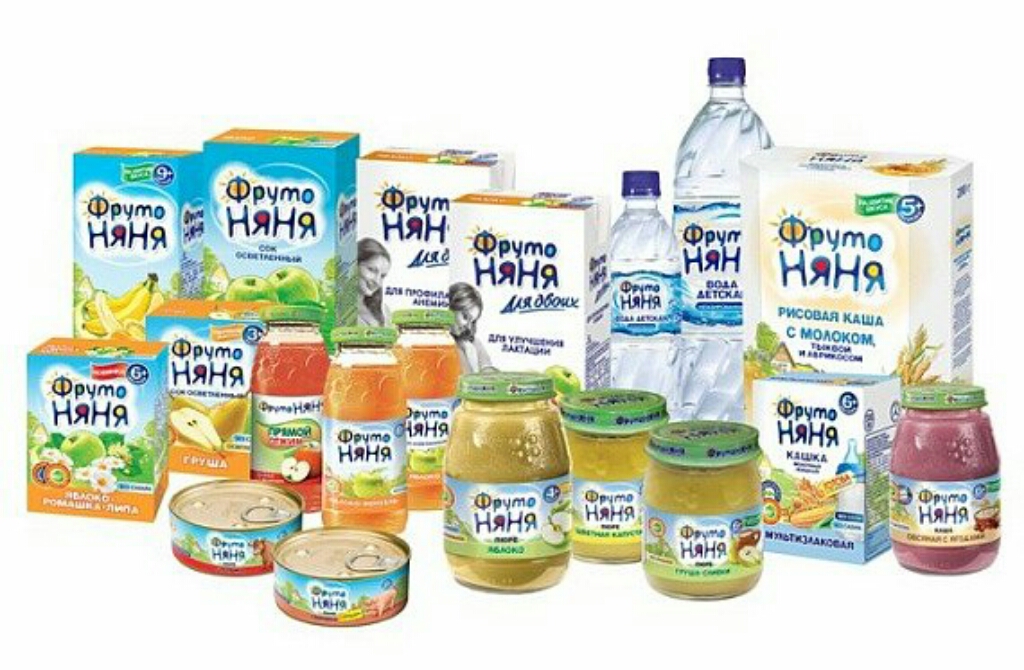 Typically made of pork or beef mixed with potato starch and basic spices (salt, pepper, onion, etc.), falukorv comes precooked and ready for eating. It can be sliced like a deli meat, fried, or baked with a tasty cheesy topping every baby will love. Falukorv makes a great addition to mashed potatoes, macaroni and cheese, baked beans, or as a bacon replacement at breakfast. Like most sausage, it’s high in fat and not exactly the healthiest choice, so save it for a treat or snack time.
Typically made of pork or beef mixed with potato starch and basic spices (salt, pepper, onion, etc.), falukorv comes precooked and ready for eating. It can be sliced like a deli meat, fried, or baked with a tasty cheesy topping every baby will love. Falukorv makes a great addition to mashed potatoes, macaroni and cheese, baked beans, or as a bacon replacement at breakfast. Like most sausage, it’s high in fat and not exactly the healthiest choice, so save it for a treat or snack time.
Indian Babies Eat Mung Beans
What, exactly, is a mung bean? Like other beans, these legumes are high in protein and fiber. Stateside, mung beans are most commonly found in their sprouted form, especially as a salad topper. In India, mung beans are known as moong daland are staples in several recipes for both adults and babies. Mung beans have a flexible flavor and will take on the taste of whatever you choose to cook them with. Plus, they cook much faster than other beans, so they’re a wonderful last-minute vegetarian meal.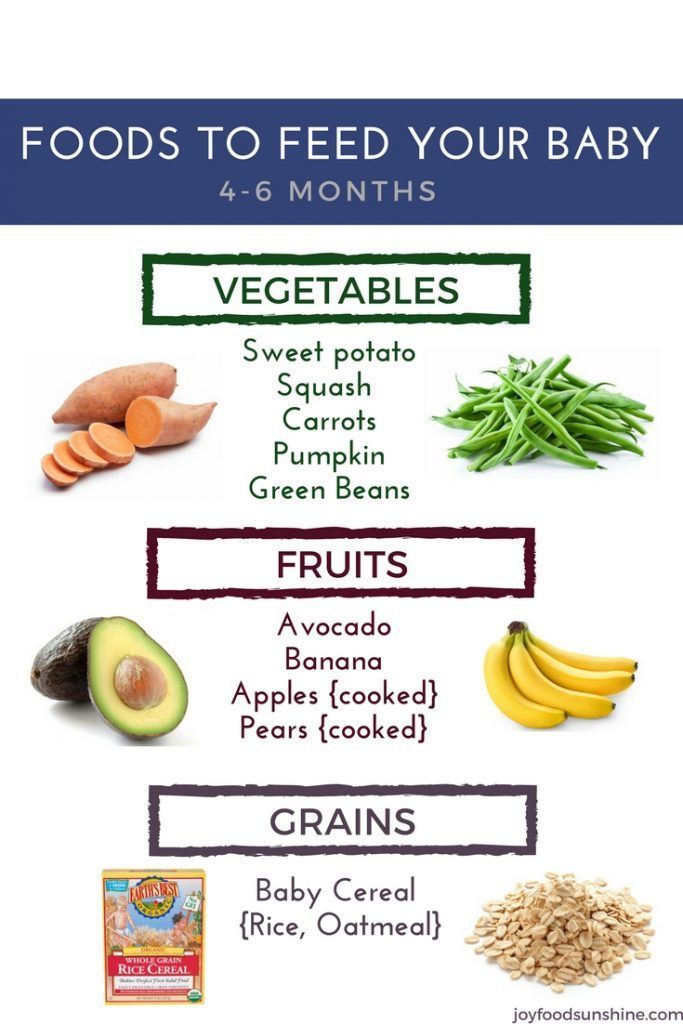 Rachel Ray suggests a porridge of mung beans, coconut milk, and ginger. Sounds delish!
Rachel Ray suggests a porridge of mung beans, coconut milk, and ginger. Sounds delish!
Mexican Babies Eat Achiote
Achiote is a spice blend of annatto seed, oregano, garlic, cinnamon, nutmeg, and vinegar. Sound intriguing? Your baby will think so, too! Achiote adds depth and interest to your daily staples. Try rubbing it on grilled chicken or stirring it into the water you use to cook rice. Achiote is like a superspice – it’s a blend of several antioxidant-rich and anti-inflammatory spices. Smoky but not spicy, this underused flavor will punch up your meal and impress your baby’s palate.
Japanese Babies Eat Octopus
Octopus isn’t something most adultswould consider eating, but it’s a common dish for people of all ages in Japan. This delicacy is frequently served in dumpling form as either takoyakior akashiyaki. These little balls of yummy are fluffy and light – akashiyakiis typically made with egg, while takoyaki is made with flour.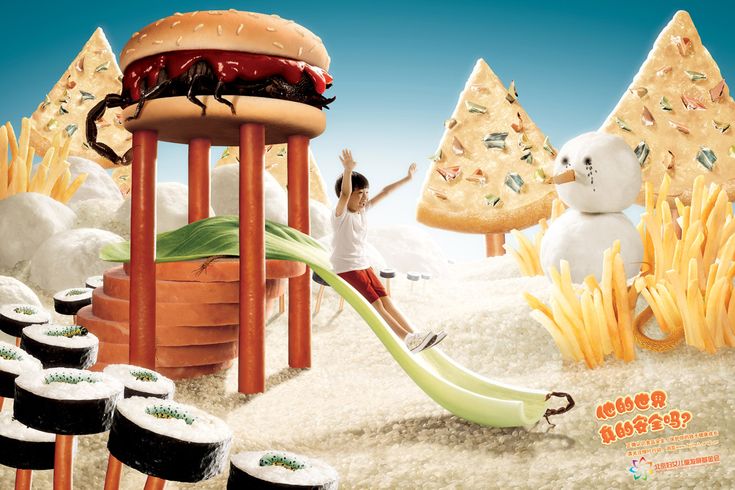 Either makes a great finger food for your toddler!
Either makes a great finger food for your toddler!
Baby Food Around the World: What Baby's First Foods are Around the Wor
Previous | Next
Baby Food Around the World
Baby's Most Common "First Food" by Country
Did you know that baby food looks, feels and tastes different all around the world?
It’s true: in America, certain things probably come to mind when we think of “baby food” (boxes of rice cereal, baby food jars, peas, carrots…), butfeeding babies is a cultural script. Much like so many other parenting norms and trends, what’s “normal” in one place may be bizarre in another, and vice versa.
Around the world, it’s more common that baby’s first foods actually reflect any given culture’s native cuisine. In fact, the very concept of separate “baby foods” or “kid foods” doesn’t really exist in many other cultures, and children — including babies — are raised to eat what their families eat. stands in stark contrast to norms in the U.S., where we typically introduce babies first to, well, foods no one actually (wants to) eat (have youtried rice cereal and jarred peas???). And while most of our first foods for babies are bland and lacking in flavor, texture and nutrients, many first foods around the world expose babies right away to the flavors and tastes that are central to their ways of eating.
stands in stark contrast to norms in the U.S., where we typically introduce babies first to, well, foods no one actually (wants to) eat (have youtried rice cereal and jarred peas???). And while most of our first foods for babies are bland and lacking in flavor, texture and nutrients, many first foods around the world expose babies right away to the flavors and tastes that are central to their ways of eating.
For example, recommendations in Germany suggest starting out with a meat-veggie-potato puree; in Japan, parents offer their babies rice, fish, and pickled vegetables; in France, diverse vegetables are at the center of babies’ plates; in Kenya, where vitamin A deficiency is a common problem, sweet potatoes (packed with vitamin A) are a classic first food.
This is all cute and fun (really, it is — check out the chart below for a little tour!), but it also speaks to a broader predicament: the first months and years of eating solid foods are crucial for establishing healthy eating habits and flavor/taste preferences. Other cultures have figured this out, andthey feed their children how they want them to eat right from the get-go (and their children, generally speaking, grow up to prefer and enjoy traditional dishes and more healthful eating practices). In comparison, the traditional American approach to starting solids is laying the foundation forless healthy, diverse and flavorful preferences.
Other cultures have figured this out, andthey feed their children how they want them to eat right from the get-go (and their children, generally speaking, grow up to prefer and enjoy traditional dishes and more healthful eating practices). In comparison, the traditional American approach to starting solids is laying the foundation forless healthy, diverse and flavorful preferences.
It’s not ideal…
A point: babies don’t need to eat “special foods” — and they can benefit SO greatly from early and frequent exposure to a wide variety of fresh, flavorful foods. Ideally, they’re eating the same healthy foods we parents are eating ourselves. (For more on how parents influence baby’s eating, read here.)
The distinctly American approach toward starting solids stems from many factors (not least of which include formal medical recommendations from the AAP and decades of cultural conventions favoring processed foods), but thankfully we’re starting to see some newfound appreciation for the importance of these first experiences with eating — because the early years offer a window of opportunity to lay the foundation for healthy eating.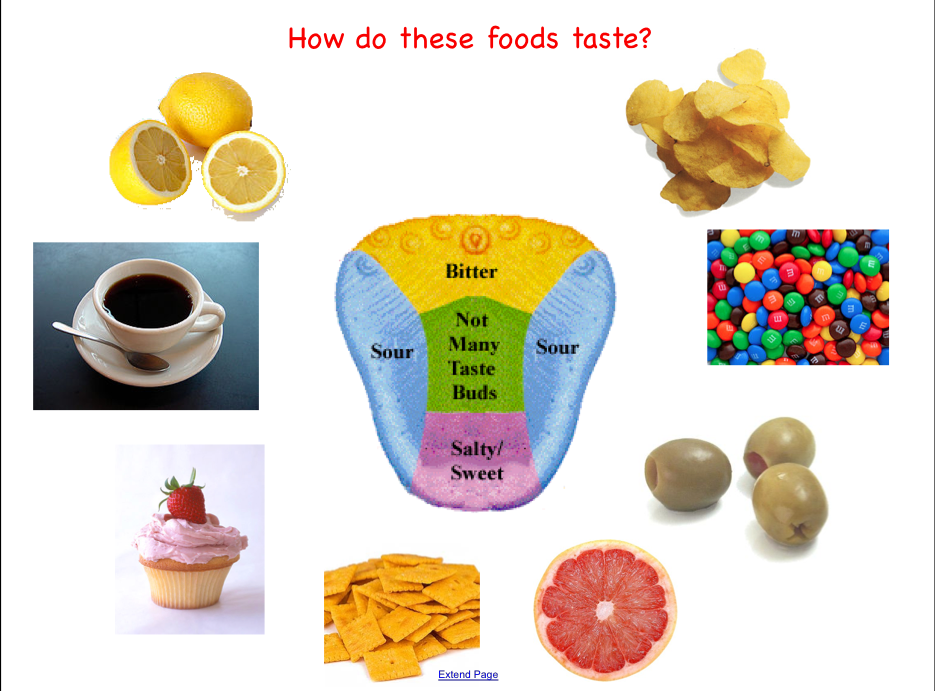
We at Amara know all this and are dedicated to bringing families first foods that prep babies for flavorful, healthful eating right away. Our babies and children all deserve to eat the same nutritious, delicious and diverse foods we hope they’ll love to eat as they grow up; and all of our organic baby food blends are made to deliver just that. Amara baby food offers the same bright flavors, varying textures, and full nutrient profile of traditional homemade foods without sacrificing convenience or breaking the bank. It’sreal food for babies — not “baby food” — and it’s changing our children’s palates one plate at a time. Simply add water or breast milk, mix and serve! Click to learn more. 😊
Check out these traditional first dishes for babies from around the world:
| Country/ Region | Most Common First Food for Babies |
| China | Xifan, a rice porridge, paired with mashed fruits, soft vegetables, tofu, seaweed, eggs or fish |
| Japan | Rice cereal and radish; miso soup; rice porridge served with veggies and dried fish |
| India | Cracked wheat porridge followed by khichdi, a mushy rice-lentil-vegetable dish often spiced with cumin, coriander, cinnamon or mint |
| Middle East | Hummus and baba ganoush |
| Mexico | Rice, beans, and soups — sometimes topped with seasonings such as lime or chili powder; fresh fruits like papaya and avocado |
| South Africa | Corn porridge and fish |
| Thailand | Khao tom (rice soup) |
| Germany | Pureed potatoes, vegetables, and/or meats |
| United Kingdom | Rice cereal, pureed vegetables, fruit |
| Vietnam | Brothy soups and fibrous porridges prepared with fish, meat, or vegetables |
| France | Vegetables(!) like leeks, spinach, endive, or beets, as well as soups and fine cheeses |
https://theconversation.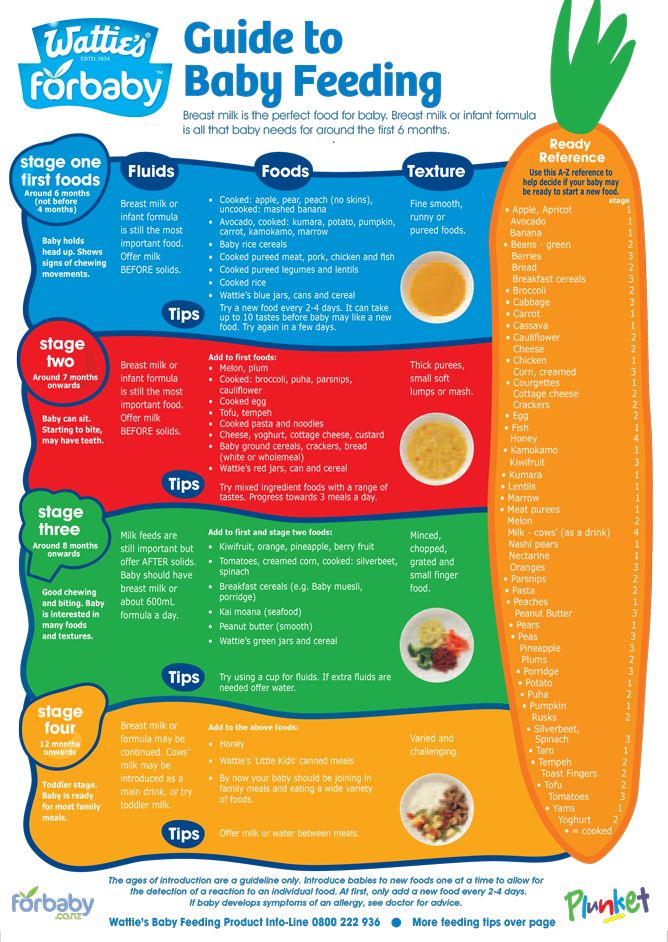 com/parenting-practices-around-the-world-are-diverse-and-not-all-about-attachment-111281
com/parenting-practices-around-the-world-are-diverse-and-not-all-about-attachment-111281
https://www.huffpost.com/entry/what-babies-eat-around-th_b_4338355
https://time.com/what-kids-eat-around-the-world-in-one-week/
https://www.drgreene.com/first-foods
https://www.google.com/books/edition/Parenting_Without_Borders/kXAIDAAAQBAJ?hl=en&gbpv=1&printsec=frontcover
Leave A Comment
You Might Also Like...
Free Valentine's Day Printable
Artificial Sweeteners 101
How to Boost Your Child’s Gut Health
Baby Food Just mix with breast milk, formula, or water!
Toddler Snacks Melt in mouth with no added sugar, ever.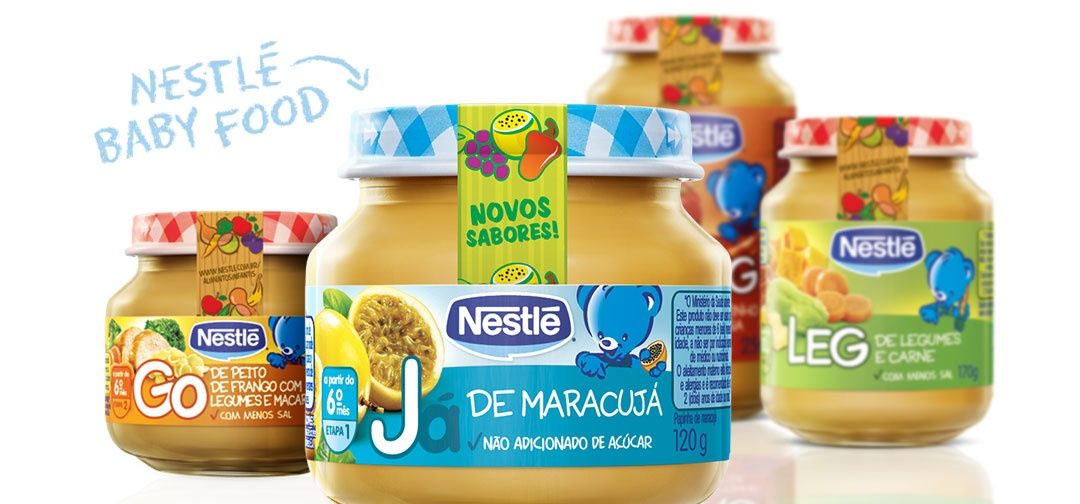
Variety Packs Description text goes here.
★ Judge.me Reviews
Wired Textures
My baby hate it, I wonder if I can just exchange it with snacks. He doesn’t like any of the food whatever flavor it is.
Safe and delicious
These flavors are such a great tasty way to give my son his vegetables. The beans and corn are so delicious as you can imagine black beans alone are boring so this combination is very flavorful. The sweet potatoes and raspberries is the only way he will eat sweet potatoes! The star of the show for my 8 month old is the pumpkin pear combo, his absolute favorite! We love this brand as parents for their truly organic safe foods and J enjoys every bite
Love this set!
My little one loves every single one of these. Can’t wait to try the other ones! It takes the anxiety away from figuring out how to provide a balanced meal
For my baby girl.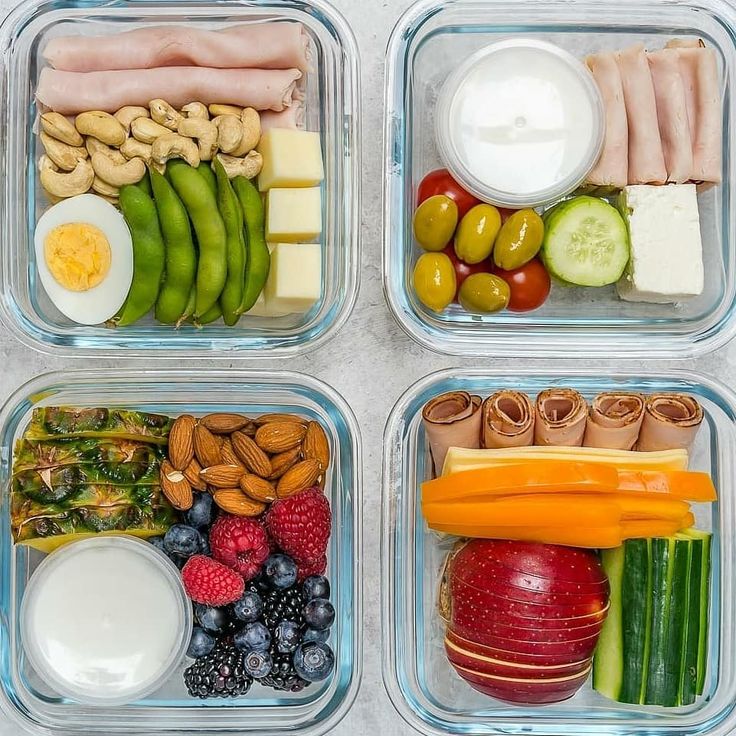
Love it
My son loves it & I feel good knowing he is eating healthy!
Excellent Product
My son loves Oats n' Berries
Load More Reviews
Due to rising prices for baby food and diapers, Detsky Mir came under FAS inspection
20365 Link
Society
06.03. Photo by Yuliya Klimenko
Food and diaper prices skyrocketed
- Can you tell me, please, how can children's grocery stores be squeezed? Well, what's up? A week ago I bought a power bank for 1300, now 2300. I'm talking about Detsky Mir. Or federal networks are not subject to control? Fortunately, in "Bystronom" it is at least cheaper - 1,500 per can, - such a message was sent to the editors of the Berdsk-Online website by a reader Yulia Klimenko from Berdsk. nine0004
At the same time, on March 5, the Federal Antimonopoly Service (FAS) of the Russian Federation sent a request to the Detsky Mir group of companies with a request to provide the information necessary to analyze the validity of changes in prices for children's goods, reports Berdsk-Online.
The reason for the check was the appeal of United Russia and citizens' complaints about the unreasonable increase in prices for baby food and diapers. In addition, strengthening control over the price situation in socially important markets.
A request was sent to the Detsky Mir group of companies with a request to provide the information necessary for such an analysis. Among the requested data is information on the dynamics of selling and purchasing prices for baby food and diapers in 2022, the agency said in a statement. nine0004
If there are signs of unfair behavior and unreasonable pricing by individual sellers, the agency will immediately take antitrust action and stop unfair practices.
FAS Russia warns of the need for strict compliance with the requirements of antimonopoly legislation in the course of trading activities. The agency draws attention to the need for responsible behavior of participants in the entire commodity-producing chain and the inadmissibility of unreasonable price increases, including in a situation of a possible increase in demand for goods. nine0004
In addition, as Berdsk-Online informed, FAS has launched a hotline to which you can report overpricing of socially important products in chain stores. And the Berdsk authorities notified that they monitor the situation in the consumer market every day. Vice Mayor of Berdsk Zhanna Shurova said in an interview with Berdsk-Online that there is no excessive demand and unreasonable price increases in the city.
prices, price control, children's world
Found a mistake? Ctrl+Enter
Subscribe to our Telegram channel, always fast and real news
Comments
Personal data processing policy
Related news
28.01.2023 - 13:00
16:53
The cost of the most popular New Year's table salads has been announced0004
11/18/2022 - 10:55
Annual inflation in the Novosibirsk region has decreased by a third since March 2022
08/27/2022 - 10:33
- Show more
There are enough stocks of baby food and essential products in the retail chains of the region
On behalf of Governor Mikhail Degtyarev, the situation with the availability and prices of goods for children is under special control of the regional authorities. nine0004
Governor Mikhail Degtyarev instructed the government of the region to stabilize the situation on the children's goods market in the Khabarovsk Territory during a meeting of the regional anti-crisis headquarters. First Deputy Prime Minister of the region Maria Avilova held a meeting with representatives of the wholesale and retail segment of this market, including retail chains specializing in children's goods. The meeting was also attended by specialists from the FAS Office and the Office of Roszdravnadzor for the Khabarovsk Territory, a correspondent of the PROkhab.ru portal reports citing the press service of the regional government. nine0076
As participants of the meeting noted, in the context of sanctions restrictions, some manufacturers of baby food are experiencing temporary difficulties with the supply of raw materials from abroad. There is also an increase in average retail prices for all food and a number of non-food products.
According to the regional Ministry of Industry and Trade, compared to February 22, the increase in average retail prices is observed in the range from 0. 41% for dry milk formula to 6.27% for canned fruits and berries. In the category of non-food products, prices for diapers increased by 14.2%, for shampoo - by 0.22%. For the rest of the products included in the monitoring, a decrease in retail prices was recorded. Thus, prices for pacifiers were reduced by 16.41%, for feeding bottles - by 11.18%, for diapers - by 8.26%. In the network of state pharmacies, prices for children's goods did not rise. nine0004
According to AP Trade, the largest supplier of such products in the region, selling prices for children's products have not changed. However, promotional offers and discounts were canceled for this line, which caused an increase in retail prices. A similar situation is noted by representatives of the federal network "Children's World".
- The price increase is due to the cancellation of promotional offers, but some of the discounts are already returned. For example, tomorrow, March 11, diaper promotions are expected, so that prices will stabilize - told the territorial manager of the Detsky Mir chain of stores in Khabarovsk, Ilya Oreshkov.![]()
Demand for children's products, which increased by 2.5–3 times at the end of February due to the introduction of sanctions, has also stabilized. At the same time, in the wholesale and retail trade, stocks for the children's assortment will last for 1.5 - 2 months. Suppliers in warehouses in Moscow have stocks of products for up to three more months. We have goods made in Russia, Belarus, China and other countries. nine0004
As for the problems of baby food manufacturers with raw materials, they are solved by changing the supply routes and reorienting to alternative suppliers. The Nestlé company plans to expand production in Vologda. At the regional level, the regional government is also working on options for organizing a children's dairy kitchen.
– On behalf of Governor Mikhail Degtyarev, the regional government is ready to provide all necessary support measures to manufacturers and suppliers of baby food and essential goods. But there is one condition - a responsible attitude of business to the situation in this market.An unreasonable increase in prices and the artificial creation of excessive demand are unacceptable. Now, together with retail chains, we are considering the possibility of limiting retail prices or introducing marginal markups for a certain list of children's products. We plan to sign relevant agreements. Similar arrangements are also planned with wholesale suppliers. For certain goods supplied from China, for example, diapers, the prices of which directly depend on the yuan exchange rate, we will work separately with suppliers. In general, the situation with children's products in the region is under special control, - commented Maria Avilova.
Recall that at the end of February the government of the Khabarovsk Territory signed an agreement with large retail chains operating in the region to stabilize prices for socially important products. The document provides for the introduction of marginal trade markups of no more than 10% on the selected list of products or fixing the price at the lowest possible level.



